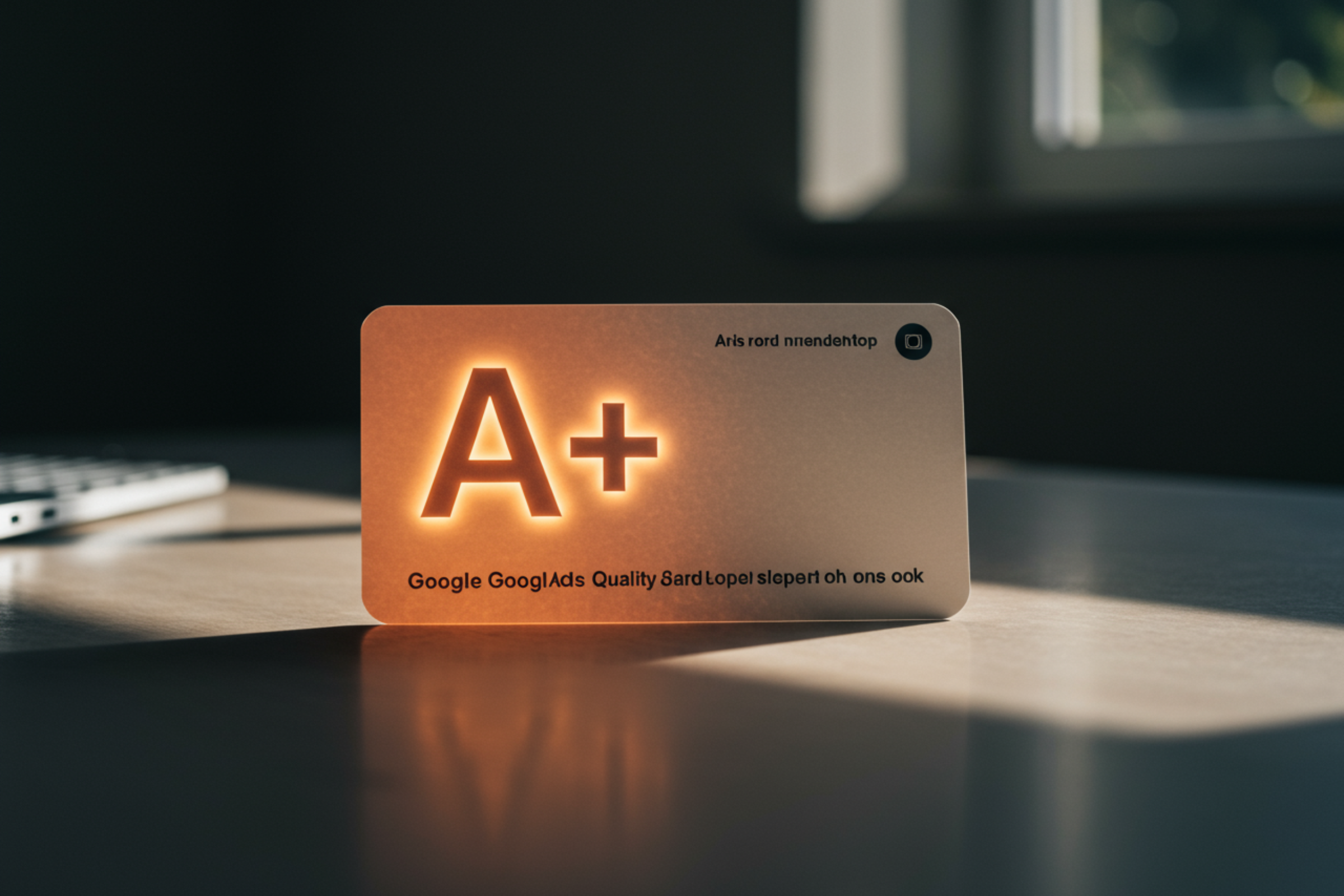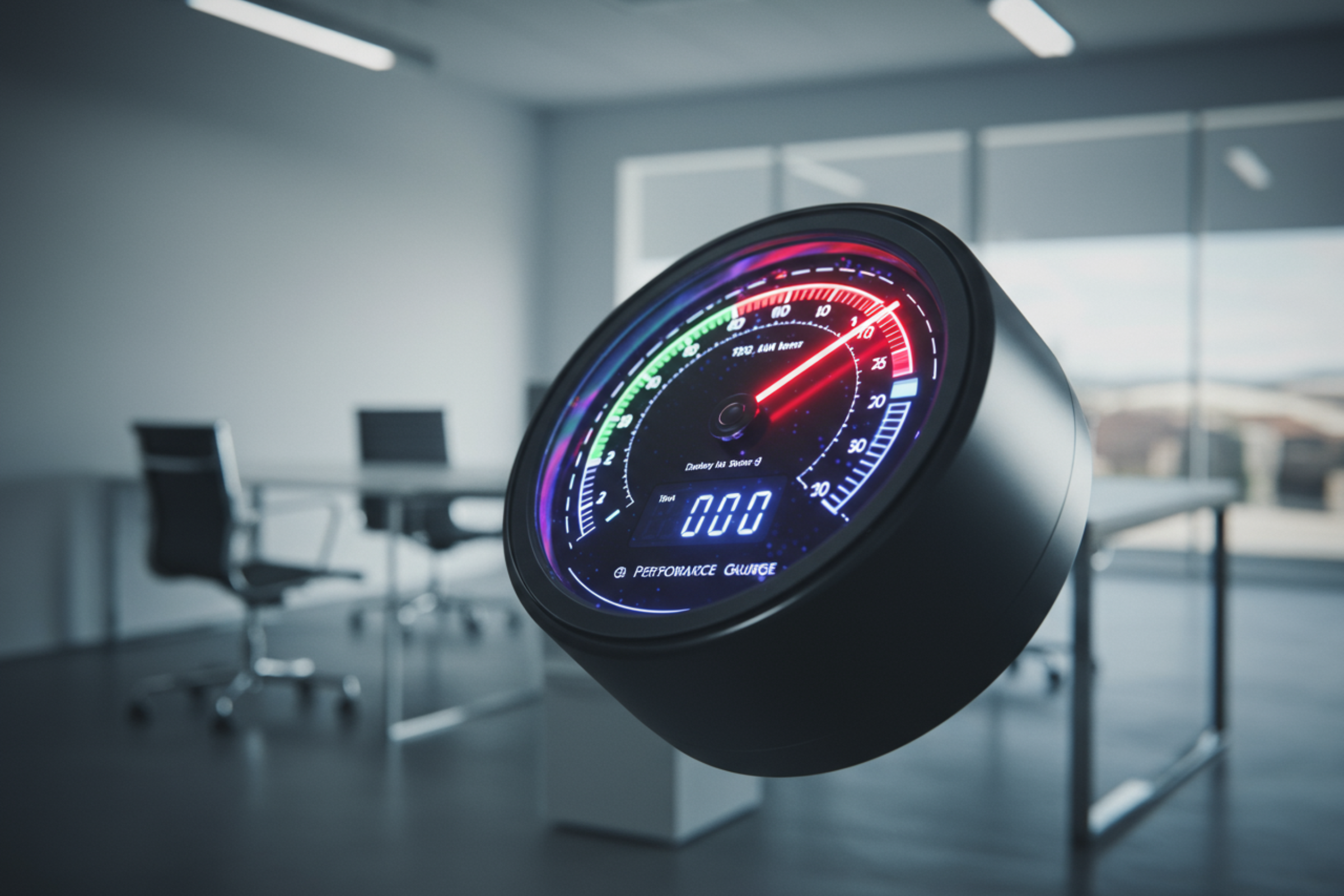Understanding Quality Score: Boosting Your Google Ads Performance and Reducing Costs
- Demystifying Quality Score: What It Means for Your Google Ads
- The Key Ingredients: Factors That Determine Quality Score
- Why Click-Through Rate Matters Most in Ad Success
- How a High Quality Score Enhances Your Advertising Results
- Comparing Quality Score to a Credit Score: An Everyday Analogy
- Practical Tools and Tips for Improving Your Quality Score

Demystifying Quality Score: What It Means for Your Google Ads
If you’ve ever wondered why some ads appear above others in Google search results, or why your advertising costs change from campaign to campaign, you’re already brushing up against the concept of Quality Score. In simple terms, Quality Score is Google’s method for rating the relevance and quality oqf your keywords and pay-per-click (PPC) ads. Think of it as a report card for your ads: the better your “grades,” the more likely your ads are to be shown to your target audience—at a lower cost.
Google uses Quality Score to determine which ads show up in the prime spots and how much you pay each time someone clicks your ad (known as cost per click, or CPC). But it’s not just about having the highest bid. Google multiplies your Quality Score by your maximum bid to calculate your “Ad Rank.” This formula means that even if your budget isn’t the highest, you can still secure top positions by focusing on quality.
For small business owners, understanding Quality Score is crucial. Not only does it influence your visibility, but it can also dramatically affect your advertising budget and return on investment. By prioritizing ad quality and relevance, you can maximize results even with limited resources—a true win-win in today’s competitive digital landscape.

The Key Ingredients: Factors That Determine Quality Score
Google’s Quality Score isn’t a single number pulled out of thin air; it’s calculated based on several core components that together shape how your ads perform. At the heart of Quality Score is the click-through rate (CTR)—the frequency with which users click your ad compared to how often it’s shown. A strong CTR tells Google your ad is relevant and engaging, making it the most heavily weighted factor.
Next, keyword relevance matters. Google assesses how closely your keywords match both your ad content and what users are searching for. If your keywords are tightly aligned with your ad group and user intent, your score rises.
The landing page experience is also critical. Once someone clicks your ad, Google wants to ensure your website delivers what was promised—offering valuable, relevant content and a smooth user journey. A high-quality, relevant landing page boosts your score, while a poorly matched or slow-loading page can drag it down.
Ad text relevance is another pillar. Your ad copy should directly address the keywords in your group and connect with what your audience is searching for. Vague or generic ads tend to underperform.
Finally, the historical performance of your Google Ads account plays a role. If your account consistently delivers relevant ads and strong CTRs, Google rewards you with a higher Quality Score. By optimizing each of these areas—targeting precise keywords, crafting focused ad copy, and refining your landing pages—you can steadily elevate your score and reap the rewards in your campaigns.

Why Click-Through Rate Matters Most in Ad Success
Click-through rate, or CTR, is the linchpin of Quality Score and a vital indicator of ad performance. Simply put, CTR is the percentage of people who click on your ad after seeing it—calculated by dividing the number of clicks by the number of impressions. For example, if your ad is shown 100 times and clicked 5 times, your CTR is 5%.
Why does CTR matter so much? To Google, a high CTR is a clear sign your ad resonates with users—it’s relevant, compelling, and likely to satisfy their search intent. This relevance benefits everyone: users find what they need, advertisers get more engagement, and Google maintains a high-quality search experience.
A strong CTR can lead to higher ad rankings and lower costs. When Google’s systems see that your ad is frequently clicked, you’re rewarded with better placement—even if your bid isn’t the highest. Conversely, a low CTR can cause your ad to slide down the rankings or cost you more per click.
To boost your CTR, focus on writing clear, targeted ads that speak directly to user needs. Use compelling calls to action, highlight unique selling points, and ensure your keywords closely match your ad copy. Continually test and refine your messaging to see what resonates best—small tweaks can make a big difference in attracting more clicks.
If you want to learn more about Web Vitals, see the blog HERE.

How a High Quality Score Enhances Your Advertising Results
A high Quality Score does more than just look good on paper—it delivers tangible benefits that can transform your advertising outcomes. First and foremost, a strong Quality Score propels your ads higher in the search results. This increased visibility means your business is more likely to capture the attention of potential customers right when they’re searching for your products or services.
But the advantages don’t stop at better placement. Google rewards high-quality ads with lower cost per click (CPC). In practical terms, this means you pay less for each visitor to your website, stretching your marketing budget further and allowing you to reach more people for the same investment.
Enhanced cost-efficiency isn’t the only perk. Campaigns with high Quality Scores typically see stronger overall performance—higher click-through rates, better conversion rates, and more effective delivery of your marketing message. For small businesses, these improvements can make the difference between a break-even campaign and a profitable one.
Imagine a local bakery that refines its ad copy, tightens its keyword targeting, and optimizes its landing pages. As its Quality Score climbs, its ads appear more frequently and at a lower cost, bringing in more foot traffic and online orders without breaking the bank. High Quality Score is a lever that, when pulled, unlocks better results and a healthier bottom line for businesses of all sizes.

Comparing Quality Score to a Credit Score: An Everyday Analogy
To make the concept of Quality Score even more relatable, let’s compare it to something most people encounter in everyday life: a credit score. Just as your credit score affects your ability to secure loans and the interest rates you’re offered, your Quality Score shapes your Google Ads experience—impacting where your ads appear and how much you pay for them.
Both scores are essentially trust signals. With a high credit score, lenders see you as a reliable borrower and are more likely to offer you favorable terms. In the world of Google Ads, a high Quality Score signals to Google that your ads are trustworthy and relevant, earning you better ad positions and lower costs.
On the flip side, a low credit score can lead to higher interest rates or loan rejections—costing you more in the long run. Similarly, a low Quality Score results in higher advertising costs and diminished visibility, making it harder for your business to compete.
This analogy underscores an important point: just as good financial habits build a strong credit profile, consistently delivering relevant, high-quality ads builds a robust Quality Score. By paying attention to the factors that influence your score, you can unlock the best opportunities and maximize your advertising investment.

Practical Tools and Tips for Improving Your Quality Score
Improving your Quality Score is an ongoing process that pays dividends over time. Fortunately, there are practical tools and strategies to help you along the way. One valuable resource is the Google Ads Grader, a free tool that analyzes your account and provides actionable recommendations for boosting your Quality Score and reducing unnecessary costs.
Start by reviewing your keyword relevance—ensure each keyword in your campaign tightly matches its ad group and the intent of your audience. Regularly update your ad copy to keep it fresh, targeted, and aligned with what your customers are searching for. Make your calls to action clear and compelling, and don’t be afraid to A/B test different versions to see which performs best.
Your landing pages should offer a seamless, relevant experience, delivering exactly what your ad promises. Fast load times, clear navigation, and valuable content all contribute to a positive user journey and, in turn, a higher Quality Score.
Don’t overlook your account history—maintain consistent performance by routinely cleaning up underperforming ads or keywords and staying on top of metrics like CTR. Leverage analytics and reporting tools to spot trends and identify opportunities for improvement.
Ultimately, continuous learning and experimentation are key. The digital advertising landscape is always evolving, and small tweaks can lead to significant gains. By prioritizing relevance, quality, and user experience, you’ll not only improve your Quality Score but also drive better results for your business.
If you want to check your Quality Score, follow this tutorial HERE!